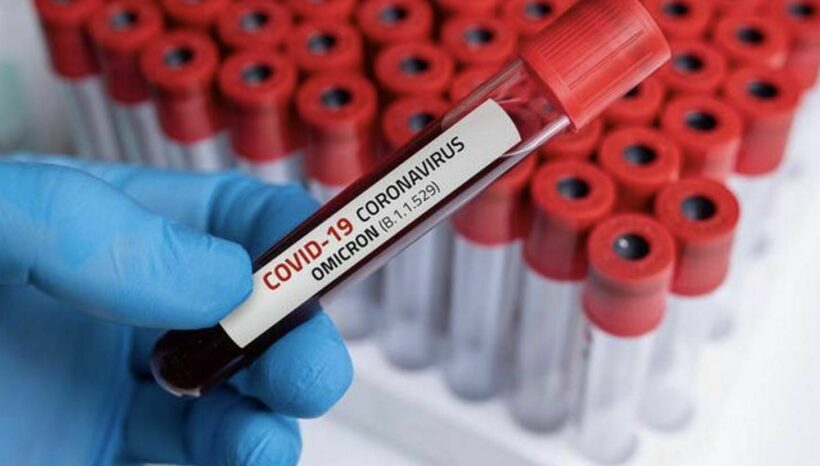Is Omicron less or more dangerous than earlier Covid variants?

A month after the first cases of the Covid-19 variant, Omicron, were officially detected in South Africa, we know a bit more about the potential dangers, but not a lot. Anecdotally, there have been plenty of doctors saying that the new variant appears to produce milder symptoms than earlier variants, as is often the case with these viruses. But they also caution that much of this early commentary can be attributed to the high rates of vaccination and not the actual lethality of the variant.
This is also evident in the UK, for example, where Omicron is now forming a high proportion of new daily infections, and case numbers rocketing, but the death rate and hospitalisations, so far, remain low. Yesterday the UK reported 90,418 new C-19 infections, even outdoing the US, where daily new infections are also on the rise, with 85,924 (worldometers.info).

GRAPH: UK daily infections – worldometers.info
GRAPH: UK daily deaths – worldometers.info
Michelle Groome from the National Institute for Communicable Diseases in South Africa says there has been an uptick in Covid hospitalisations and deaths but that the level is very much lower than the baseline period between the second and third wave (around March to May this year).
The early data also suggests the Omicron variant “may be more contagious” than the Delta Covid variant “but less likely to cause severe illness”, but scientists and the WHO still urge caution with these early findings as the new variant is still new and many infected people are only now starting to show symptoms, let alone have them reported, tabulated and the data analysed.
Reuters reports that in South Africa, the UK and Denmark, the number of new Omicron variant infections approximately doubles every 2 days. So, scientists warn, even if it is less deadly, or if the high vaccination rates in some countries are limiting the more severe symptoms, the sheer high transmissibility is a clear and present danger.
Early research is also indicating that the 2 doses of the current vaccines “have vastly reduced protection against Omicron”.
Some data from the UK reports that ” cold-like symptoms” are more common among people infected with the Omicron variant of Covid-19.
The ZOE COVID Symptoms Study, tracking symptoms recorded from participants using an app, reports that the top 5 symptoms for Omicron were “runny nose, headache, fatigue, sneezing and sore throat”.
According to ZOE COVID Study incidence figures, in total there are currently 87,131 new daily symptomatic cases of COVID in the UK on average, based on PCR and LFT test data from up to five days ago [*]. An increase of 4% from 83,658 new daily cases last week. In the vaccinated population (at least two doses) there are currently 27,000 new daily symptomatic cases in the UK. An increase of 6% from 25,411 new daily cases last week. – ZOE COVID Symptoms Study
On the same note, Dr. Angelique Coetzee, Chair of the South African Medical Association, and the first doctor to detect the Omicron variant, says that fatigue is among the most common symptoms observed, “along with headaches, body aches and scratchy throat”.
The data in the UKwas collected in the week between December 3 – 10 in London, where Omicron is now the dominant Covid strain, based on over 52,000 tests.
But the early anecdotal evidence is not universally good.
In Nova Scotia, Canada, Dalhousie University’s infectious diseases specialist Dr. Lisa Barrett said yesterday that some country data (Canada) indicates that this might be a less severe disease.
“But other country data does not say that. In Denmark data shows that hospitalisation rates appear to be on par with other variants of the virus.”
But, generally, scientists remain confident that a third ‘booster’ vaccine is likely to restore much of the vaccine’s efficacy against the new strain of the coronavirus.
Around the world, as of the past 24 hours, the UK leads in the number of new Covid infections detected. Notably, Vietnam is also in the Top 10 of countries reporting new cases in the past 24 hours.
 SOURCES: CTV News, Reuters, Worldometers.info
SOURCES: CTV News, Reuters, Worldometers.info
Latest Thailand News
Follow The Thaiger on Google News:


























